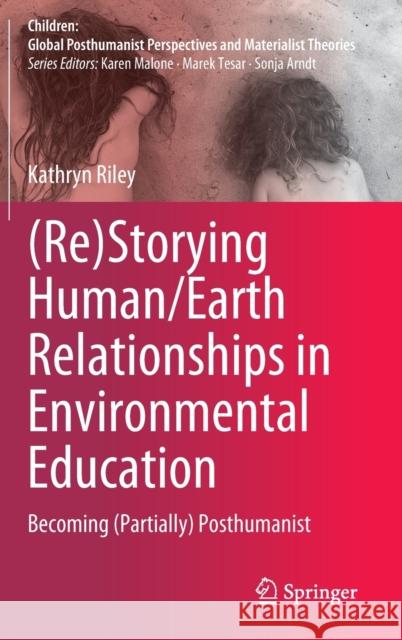(Re)Storying Human/Earth Relationships in Environmental Education » książka
topmenu
(Re)Storying Human/Earth Relationships in Environmental Education
ISBN-13: 9789819925865 / Twarda / 2023 / 124 str.
(Re)Storying Human/Earth Relationships in Environmental Education
ISBN-13: 9789819925865 / Twarda / 2023 / 124 str.
cena 563,56
(netto: 536,72 VAT: 5%)
Najniższa cena z 30 dni: 501,19
(netto: 536,72 VAT: 5%)
Najniższa cena z 30 dni: 501,19
Termin realizacji zamówienia:
ok. 22 dni roboczych
Dostawa w 2026 r.
ok. 22 dni roboczych
Dostawa w 2026 r.
Darmowa dostawa!
Kategorie:
Kategorie BISAC:
Wydawca:
Springer Verlag, Singapore
Seria wydawnicza:
ISBN-13:
9789819925865
Rok wydania:
2023
Ilość stron:
124
Waga:
0.40 kg
Wymiary:
23.5 x 15.5
Oprawa:
Twarda
Dodatkowe informacje:
Wydanie ilustrowane











